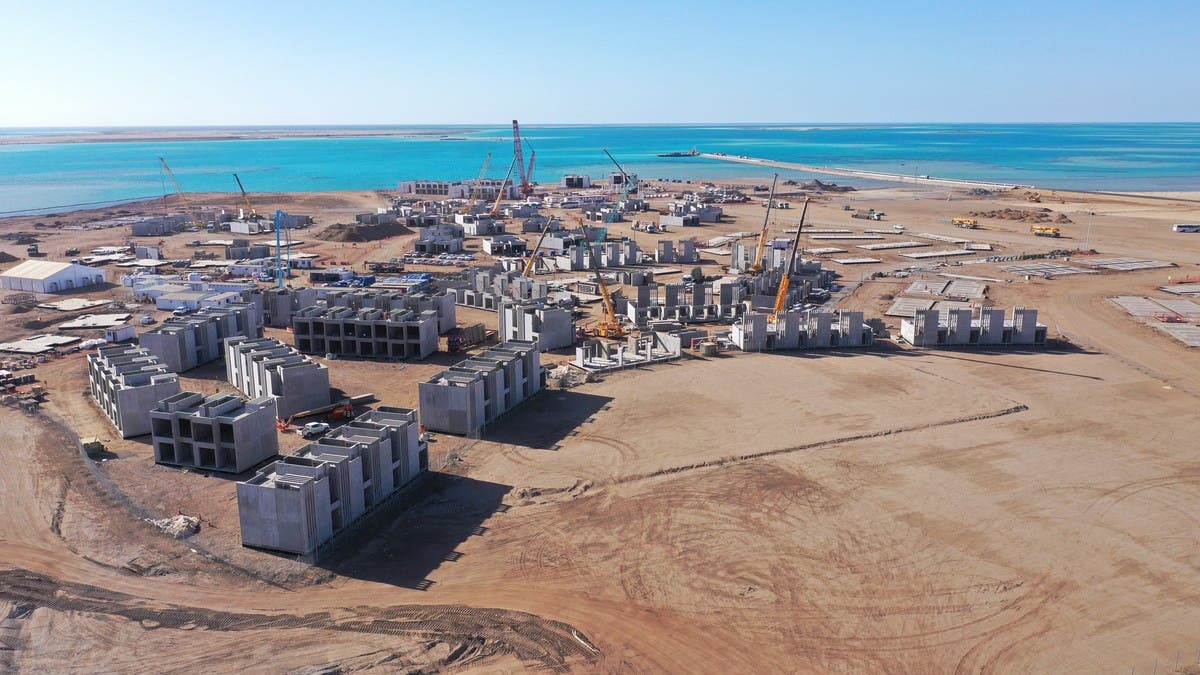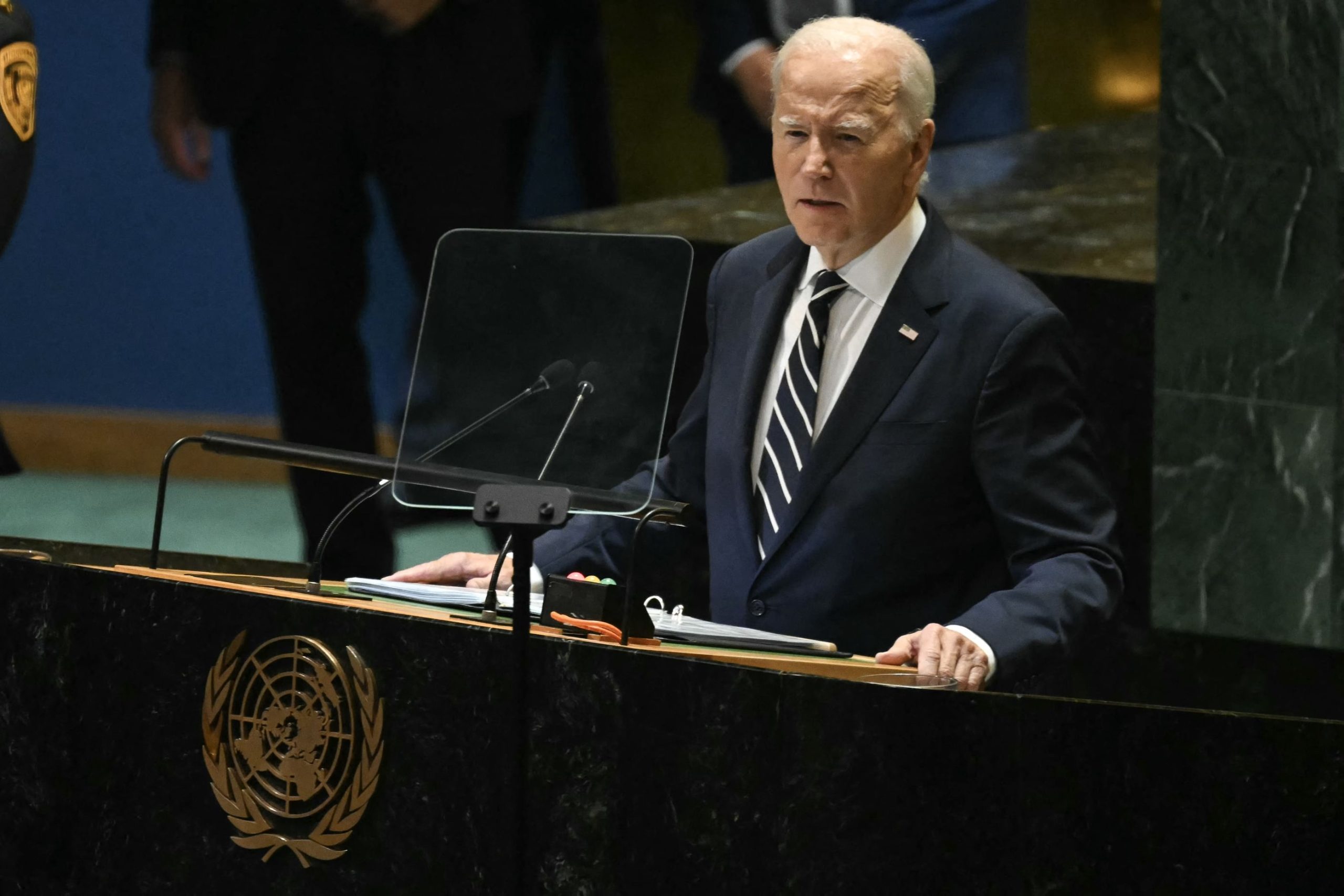The GCC will be home to more than a million hotel rooms by 2026 – with Saudi Arabia having the biggest share – as the region’s tourism industry grows, according to a new report.
However, the whitepaper, issued by advisory firm Colliers International, also highlights that the growth of the sector will come hand-in-hand with a hospitality staff shortage – with Saudi Arabia and the UAE alone needing more than 90,000 staff over the next few years unless more homegrown talent is trained in the sector.
For all the latest headlines follow our Google News channel online or via the app.
In the report, ‘Hospitality Education in the GCC with a focus on the United Arab Emirates (UAE) & the Kingdom of Saudi Arabia (KSA) – Unlimited Growth Opportunities,’ the research group states that the hospitality industry in the GCC region has grown phenomenally over the past decade with inbound tourist arrivals reaching 59.7 million in 2019, growing approximately 4.1 percent during the period 2015 – 2019.
The majority of the demand is personal, leisure and religious travel followed by business and professional travel.
Growing demand
Mansoor Ahmed, executive director for the MENA region at Colliers, highlighted: “While Saudi Arabia has historically been the center for religious tourism and pilgrimage for Muslims, the Kingdom is rapidly developing itself as a leisure destination, with the activation of several destinations including Al Ula, Qiddiya, The Red Sea Project, etc., in line with the Kingdom’s Vision 2030 which emphasizes further development of the hospitality and tourism.”
He further elaborated “On the other hand, the United Arab Emirates (UAE) attracts the highest number of inbound arrivals, establishing itself as a top business and leisure destination over the past years.”
Bahrain also features as a popular destination, largely backed by the inflow of tourists from Saudi Arabia via the King Fahd Causeway which connects Al Khobar to Bahrain.
The report found that inbound arrivals to the region have seen a recovery after COVID-19 as travel restrictions are lifted and global travel is seen to recover to pre-pandemic levels.
In 2021, there were 894,700 rooms supplied across the GCC in 2021, an increase of nearly 387,000 rooms over the past decade, the report found.
Saudi Arabia and the UAE feature as key markets in the region with 70 percent of the supply concentrated in Saudi Arabia to meet the growing demand for pilgrims visiting the holy cities of Makkah and Madinah, and the UAE accounting for 23 percent of the entire GCC’s supply.
Ahmed estimates that over 100,000 rooms would be supplied across the GCC by 2026, with the total supply estimated to exceed 1 million rooms – the large majority being supplied in Saudi Arabia followed by the UAE.
An additional 110,000 units are estimated to be added in the holy cities by 2030 to cater to the demand from pilgrims.
Demand for manpower
Considering typical manpower ratios and the supply of rooms in the market, it is estimated that a total of 700,000 individuals are employed within the hotel sector in Saudi Arabia and the UAE, the key regional markets, said Ahmed.
The planned forthcoming supply of hotel rooms and the rapid development and growth of the tourism and hospitality markets in the GCC – mainly in Saudi Arabia and the UAE – are expected to generate significant demand for skilled hospitality professionals.
Ahmed highlighted: “Considering the forthcoming supply of hotel rooms, it is estimated that the GCC would require over 90,000 skilled hospitality professionals by 2026 out of which approximately 82,000 would be required in Saudi Arabia and the UAE.”
Furthermore, if the planned mega projects in the holy cities are taken into account, Colliers estimates that these projects would require approximately 50,000 further skilled/trained hospitality professionals by 2030.
“This creates an opportunity, or rather a necessity, to cultivate local talent and skilled & trained hospitality professionals, in order to meet the snowballing demand for manpower,” said Ahmed.
“Saudi Arabia, as part of a Saudization drive has mandated that at least 30 percent of the staff employed has to be Saudi.
“Furthermore, all front desk/managerial roles have to be assigned to Saudi nationals only, however, technical roles are still fulfilled by expatriates. Key source markets for recruiting staff include the Philippines, Egypt, South Asian Sub-continent (India, Pakistan, Nepal). In the UAE, Sri Lankans and Africans also have a noticeable presence amongst the workforce within the sector.”
Ahmed said in Saudi Arabia, given the forthcoming supply and the government’s vision of enhancing the hospitality and tourism sector, the Government, via the Ministry of Education (Higher Education) and Technical and Vocational Training Corporation (TVTC), has undertaken an initiative to establish dedicated hospitality academies and introduce hospitality and tourism-related programs in public universities.
However, enrolment in the field of study is still low. Based on the most recent information, nearly 5,500 students were enrolled in tourism and hospitality related courses across higher education institutes (HEIs) in the Kingdom representing only 0.3 percent of the total enrolment in HEIs across the country.
Ahmed pointed out that in Saudi Arabia, there is lack of technically qualified staff with major shortages in culinary, kitchen, F&B, and sales.
“Very few job applicants have hospitality related qualifications and are mostly graduates and diploma holders in other fields. Saudis are becoming keen to seek roles in the field of hospitality as demand grows. However, a lack of skill and preference to directly get into managerial and front office roles is a challenge as candidates generally lack training for these roles.
“One of the main challenges being faced is that the profession, and more specifically for technical roles, are perceived to be of low social status amongst the local population.”
In the UAE, Colliers found that there are four specialist private tourism and hospitality institutes offering courses and training in the sector, collectively enrolling 609 students across various undergraduate and post-graduate programs, constituting 1.7 percent of the total enrolment in private/nonfederal HEIs.
“While the issue of perception and associated low social status is somewhat applicable in the UAE as well, the high cost of completing a hospitality degree in the UAE, and low eventual returns also deters students from pursuing hospitality as a career,” said Ahmed.
“Tourism and hospitality remain a niche field of study in the region. In addition, disruption caused by the COVID-19 pandemic to the industry has also raised concerns regarding the industry’s career and employment potential which has cautioned students enrolled or who were contemplating pursuing tourism and hospitality as a sector.
“Some expect that students may exercise greater caution or reconsider tourism and hospitality as a career in the short-term, however, a large proportion of students, faculty and industry personnel remain optimistic as the sector shows signs of rebound as the pandemic gradually fades away.
“The successful completion of mega-events such as Expo 2020 has further instilled traveler confidence and consequently restored hope for the industry.
“Considering the forthcoming growth and consequent demand for skilled manpower in the sector, it is likely that tourism and hospitality related courses will gain further traction in the region, especially amongst the local population in KSA, as the sector would provide high employment probability owing to the considerable and growing demand to meet requirements of employers/service providers.”
Ahmed said overcoming the challenge of perception would need to be eliminated to make the field more attractive.
Read more:
Plans announced for new Armani Hotel in Riyadh’s Diriyah
World Cup hotel shortage for supporters planning Qatar trips
Saudi megaproject NEOM will be subject to Kingdom’s regulations: SPA

 World3 years ago
World3 years ago
 World3 years ago
World3 years ago
 Business11 months ago
Business11 months ago
 Entertainment7 years ago
Entertainment7 years ago
 World7 years ago
World7 years ago
 Entertainment7 years ago
Entertainment7 years ago






